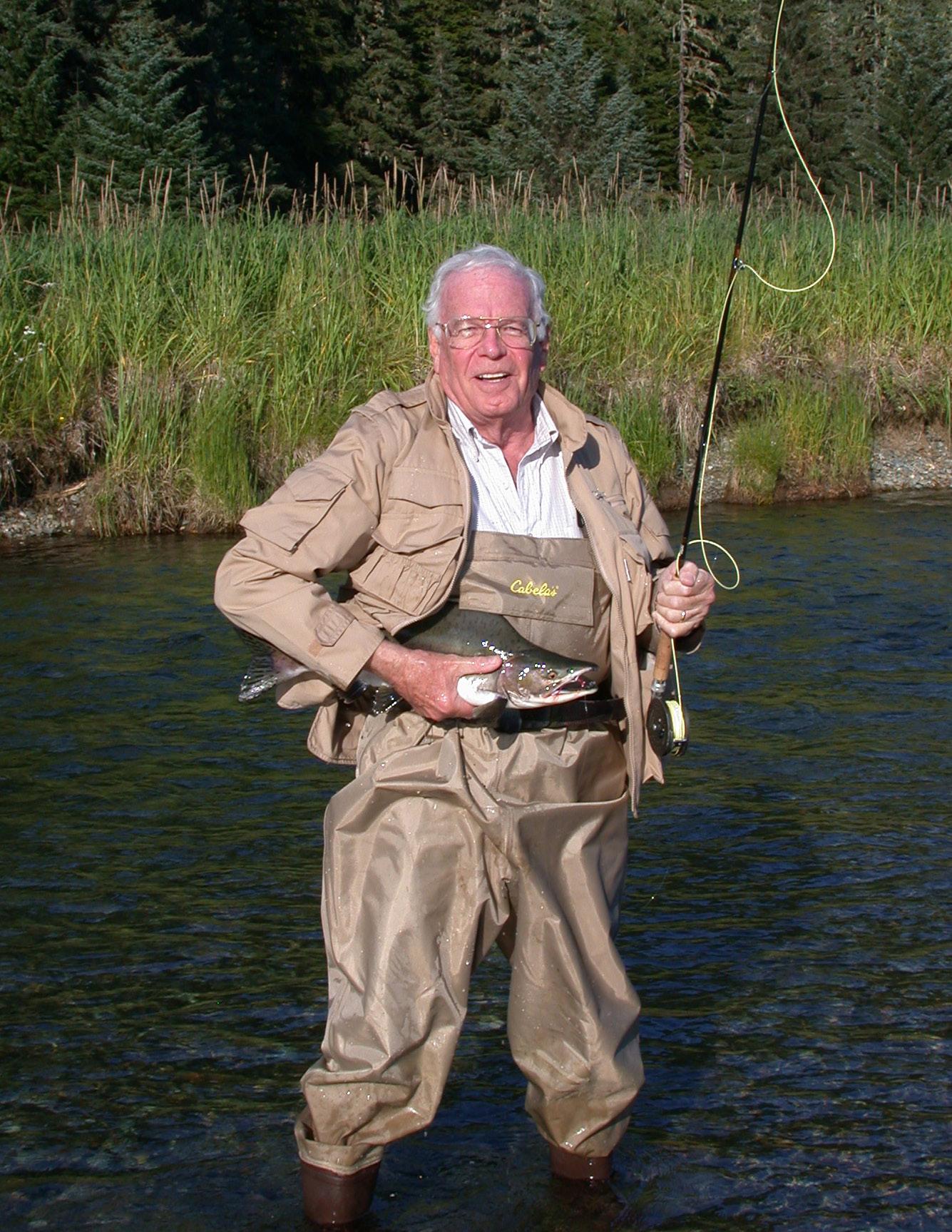
7 minute read
Man of Vision: Alex Dreyfoos
by Lise M. Steinhauer
All photos from Alex Dreyfoos Digital Collection, HSPBC.
Alexander W. Dreyfoos Jr. was born in
New York City in 1932 and raised in the suburb of New Rochelle. His parents reflected the combination of arts and sciences that Alex Jr. would merge uniquely in his own life—his mother was a professional cellist and his father, an innovative photographer. Along with his younger sister, Evelyn (“Evie”), Alex enjoyed many summers with his family in the Adirondack Mountains of New York, where he began a lifelong love of fishing and boating.
In fulfillment of a dream of both Alex and his father, he attended the Massachusetts Institute of Technology (MIT), in an ROTC program. When his father died in Alex’s sophomore year, circumstances required Dreyfoos to borrow funds to complete his bachelor of science degree in 1954. It was at MIT that he was able to unite his interests in photography and electronics, with the counsel of Professor Arthur C. Hardy. After managing a Photo Reconnaissance laboratory in Germany as a captain in the U.S. Air Force, Dreyfoos continued his education under the G.I. Bill at Harvard Business School, receiving his MBA in 1958.
During a summer drafting job at Technicolor NY, Alex connected with George C. Mergens. After a stint at IBM, he invited Mergens in 1963 to form Photo Electronics Corporation (PEC) to manufacture electronic photography equipment, first in Alex’s basement, and then in a former church in Byram, Connecticut. Dreyfoos convinced his partner to move the firm to Mangonia Park, Florida, in 1968.
Martha, Alex, and sister Evelyn (Evie) washing dishes at their camp in the Adirondack Mountains State Park in the late 1930s. Courtesy Alex Dreyfoos Digital Collection, HSPBC.

Alex's son, Robert, led the drive to transition from analog technology to the digital age. Robert, Alex, and George Mergens showcase the PVAC and VCNA about 1984. Courtesy Alex Dreyfoos Digital Collection, HSPBC.
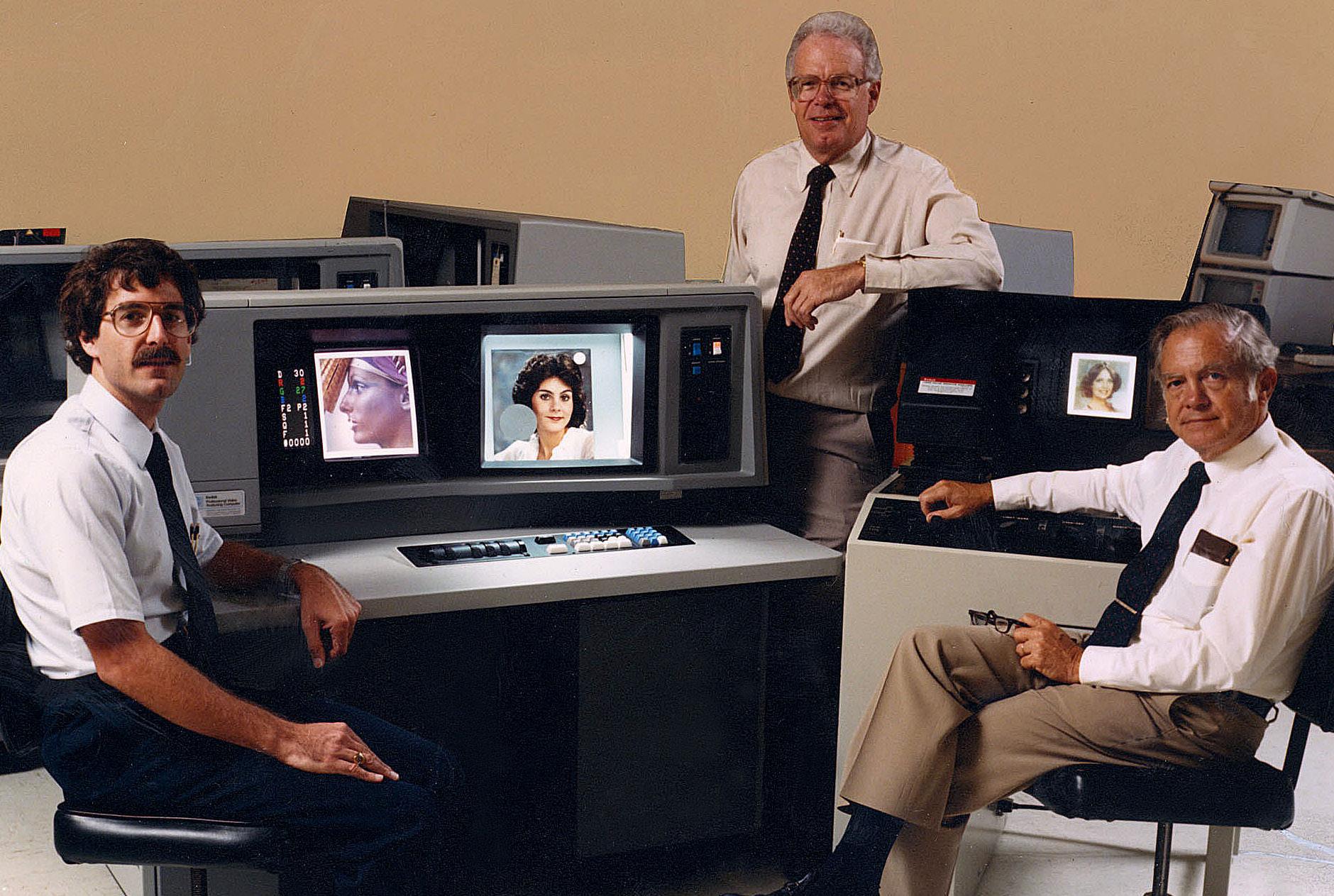
With Mergens, Dreyfoos held many U.S. and foreign patents. Their primary inventions were (1) the Video Color Negative Analyzer (VCNA), now part of a permanent exhibit at the Smithsonian Institution and soon to be part of a permanent exhibit at the Richard and Pat Johnson Palm Beach County History Museum; (2) the Professional Video Analyzing Computer (PVAC) used by laboratories to make high-quality color photographs; and (3) the LaserColor Printer, which produces extremely high quality electronically-generated color prints from color slides. In 1970 PEC received an Academy Award from the Academy of Motion Picture Arts and Sciences for its development of a motion picture version of the VCNA. Later he was made a fellow of the American Academy of Arts and Sciences.
From 1973 to 1996, PEC owned WPEC TV-12, the CBS affiliate in West Palm Beach, purchased from John D. MacArthur. About this time (1977 to 2004), Dreyfoos also owned and operated Sailfish Marina in nearby Palm Beach Shores on Singer Island, which he turned into a world-class marina with restaurant and motel. The sale of these businesses allowed him to practice meaningful philanthropy in education and culture.
Dreyfoos made history in 1997 with the largest private contribution ever to a Florida public school, pledging $1,000,000 to support Palm Beach County’s arts magnet high school,
Photo Electronics Corporation's fabrication floor inside the Bryam church. Courtesy Alex Dreyfoos Digital Collection, HSPBC.
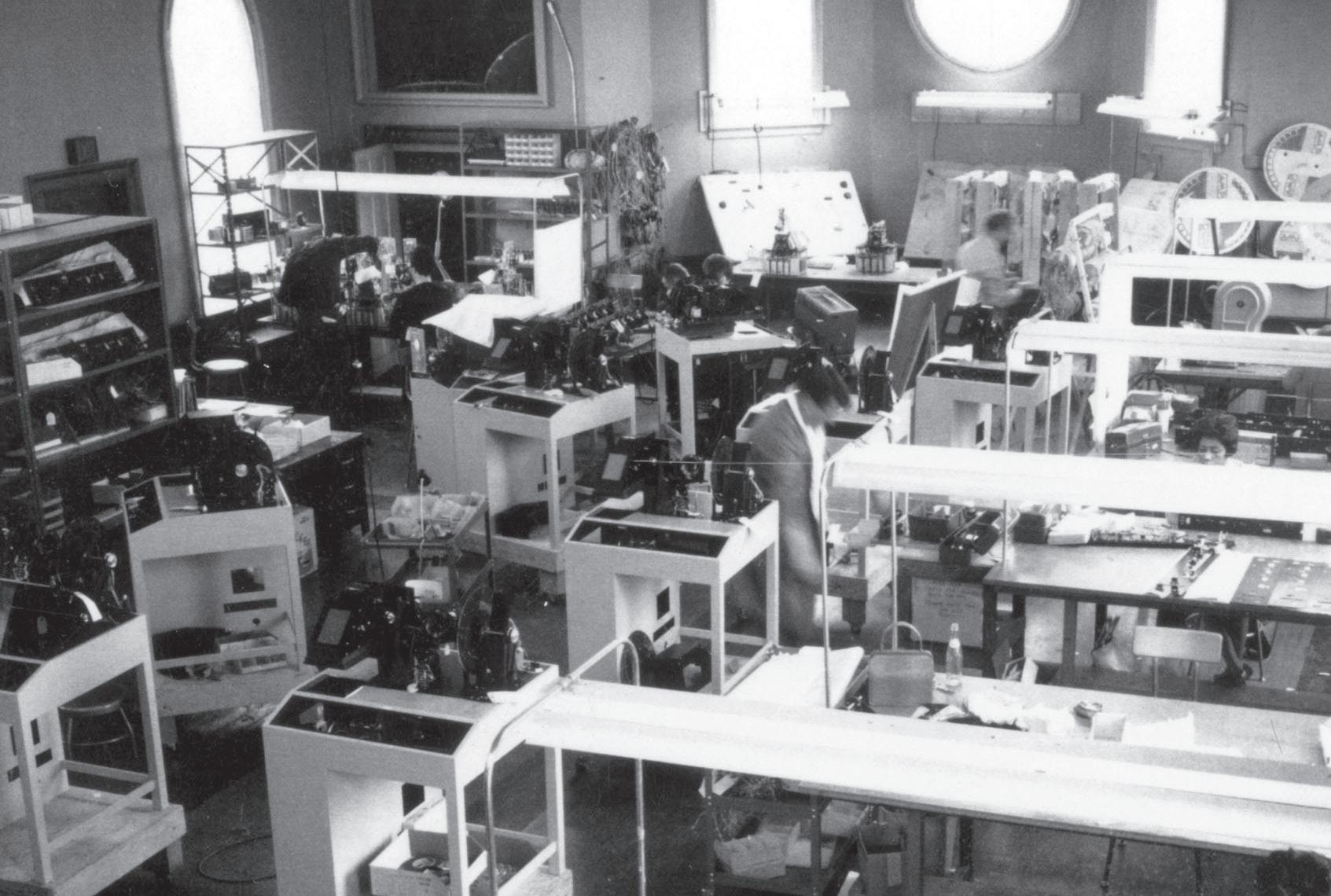
which was then renamed the Alexander W. Dreyfoos, Jr. School of the Arts. A second $1,000,000, in 2020, created the Naomi and Ray Wess Scholarship in Nursing for graduates to use at Florida Atlantic University, Palm Beach Atlantic University, or Palm Beach State College.
When Dreyfoos had trouble attracting employees from the North due to a scarcity of culture, he founded Palm Beach County Council of the Arts (now Cultural Council for Palm Beach County). Beginning in 1978, he led efforts to build a world-class performing arts center, which resulted in The Raymond F. Kravis Center for the Performing Arts opening debt-free in 1992. Dreyfoos guided the Kravis through fifteen profitable seasons while reaching out to the entire community. The Kravis board named the Concert Hall in his honor, and he remains a lifetime board member.
Dreyfoos is a Life Member Emeritus of the MIT Corporation and served on the MIT Visiting Committees for Electrical Engineering and Computer Sciences, and the Media Laboratory/Media Arts and Sciences. The Alexander W. Dreyfoos Building at MIT, part of the Stata Center designed by Frank Gehry, resulted from Dreyfoos’s single largest gift as a donor. Professor Pattie Maes is the current
The Kravis Center for the Performing Arts, the night before the grand opening. Courtesy Alex Dreyfoos Digital Collection, HSPBC.
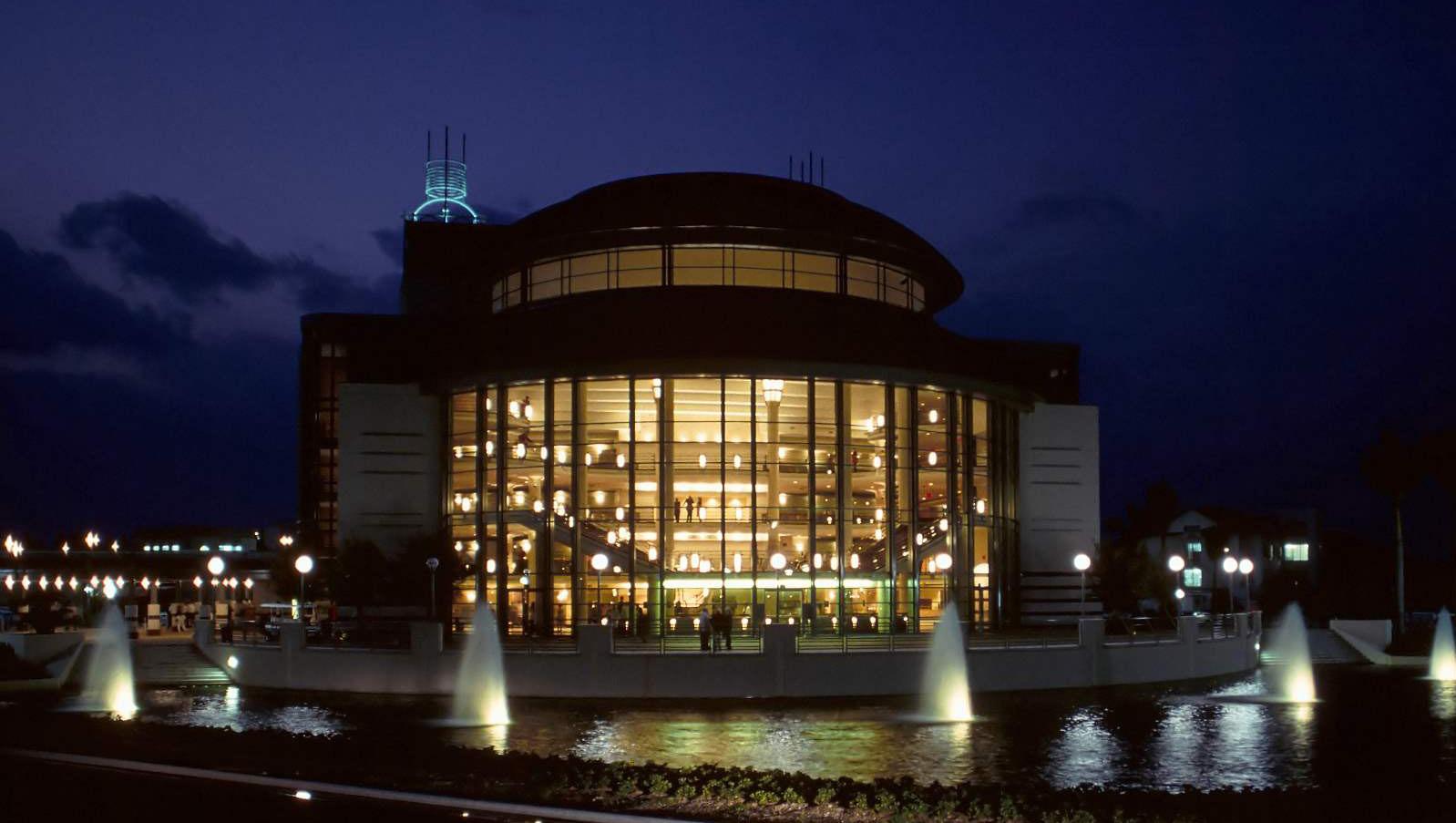
Dreyfoos's Eurocopter atop his 134-foot Silver Cloud, custom-built for extreme stability, with which he circumnavigated the globe. Courtesy Alex Dreyfoos Digital Collection, HSPBC.

Dreyfoos is a founding member, director, and chair of the Economic Council of Palm Beach County. He is a former board member of the holding company FPL Group Inc. (now NextEra Energy Inc.), and the Young Presidents Organization (YPO) for succeeding early. He graduated to the Chief Executives Organization and World Presidents’ Organization, with whom he enjoyed exclusive travel experiences.
In the scientific arena, Dreyfoos served on the Board of Trustees of the Scripps Research Institute 2004-2015, when Scripps built a bio-medical research facility on the FAU MacArthur campus in Jupiter. The entrance lobby is named in honor of Alex and his wife, Renate, and the spire, which is lit up at night, is referred to as the “Dreyfoos spinnaker.” When the Max Planck Florida Institute for Neuroscience settled on the same campus, Dreyfoos served as a trustee 2012-2019; their central atrium was named for Alex and Renate. He also serves on the board of the Henry Morrison Flagler Museum.
The highest award of the National Society of Sons of the American Revolution, the Gold Good Citizenship Medal, was bestowed on Dreyfoos in 2014. Just a few of many other tributes he has received are honorary PhDs from the Kellogg School of Science and Technology of The Scripps Research Institute and Lynn University, the Ellis Island Medal of Honor, Palm Beach Atlantic University’s American Free Enterprise Award, The Palm Beach Post 100, the Award for Public Service from the Woodrow Wilson International Center for Scholars of the Smithsonian Institution, the Carbonell George Abbott Award for Outstanding Achievement in the
Although his vision disqualified him as an Air Force pilot, Alex has flown and owned many airplanes and helicopters. Courtesy Alex Dreyfoos Digital Collection, HSPBC.
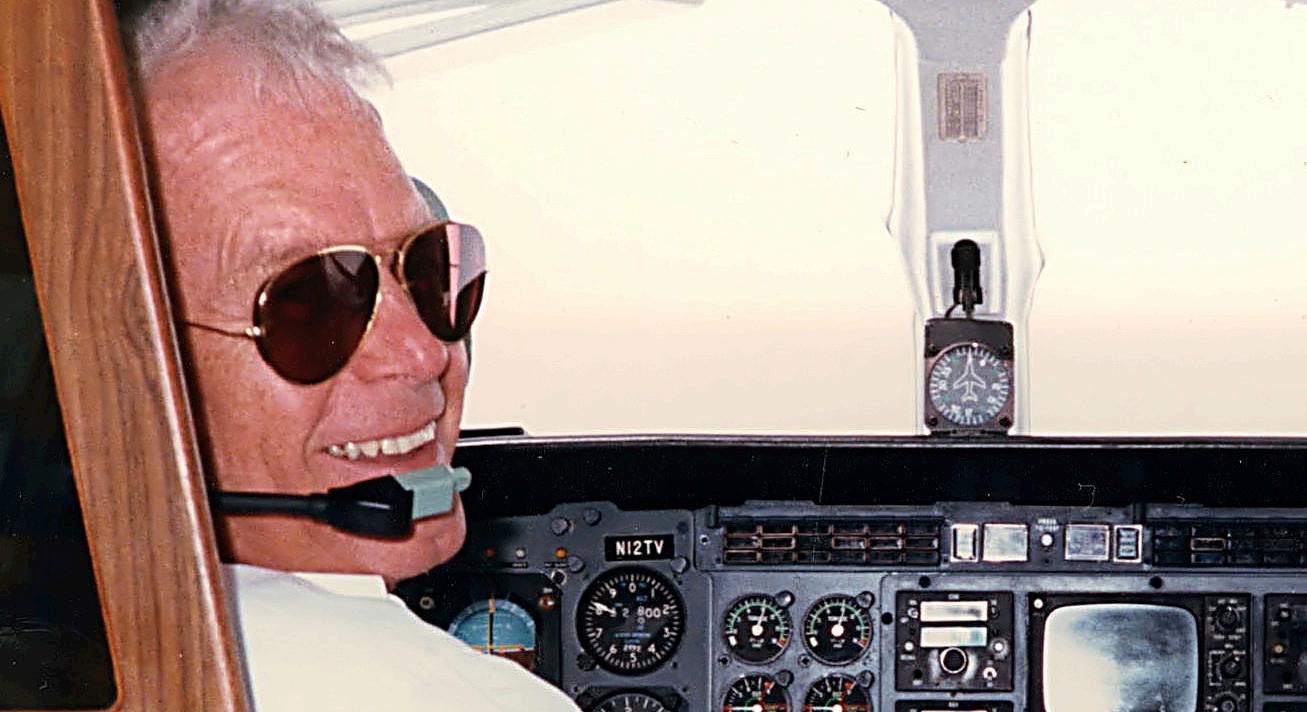
In 2011, surrounding Alex, L to R: Mac, Cathy, and Michelle Carter; Aron, Travis, Renate, Julie, and Robert Dreyfoos. Alex is seated in front. Courtesy Alex Dreyfoos Digital Collection, HSPBC.
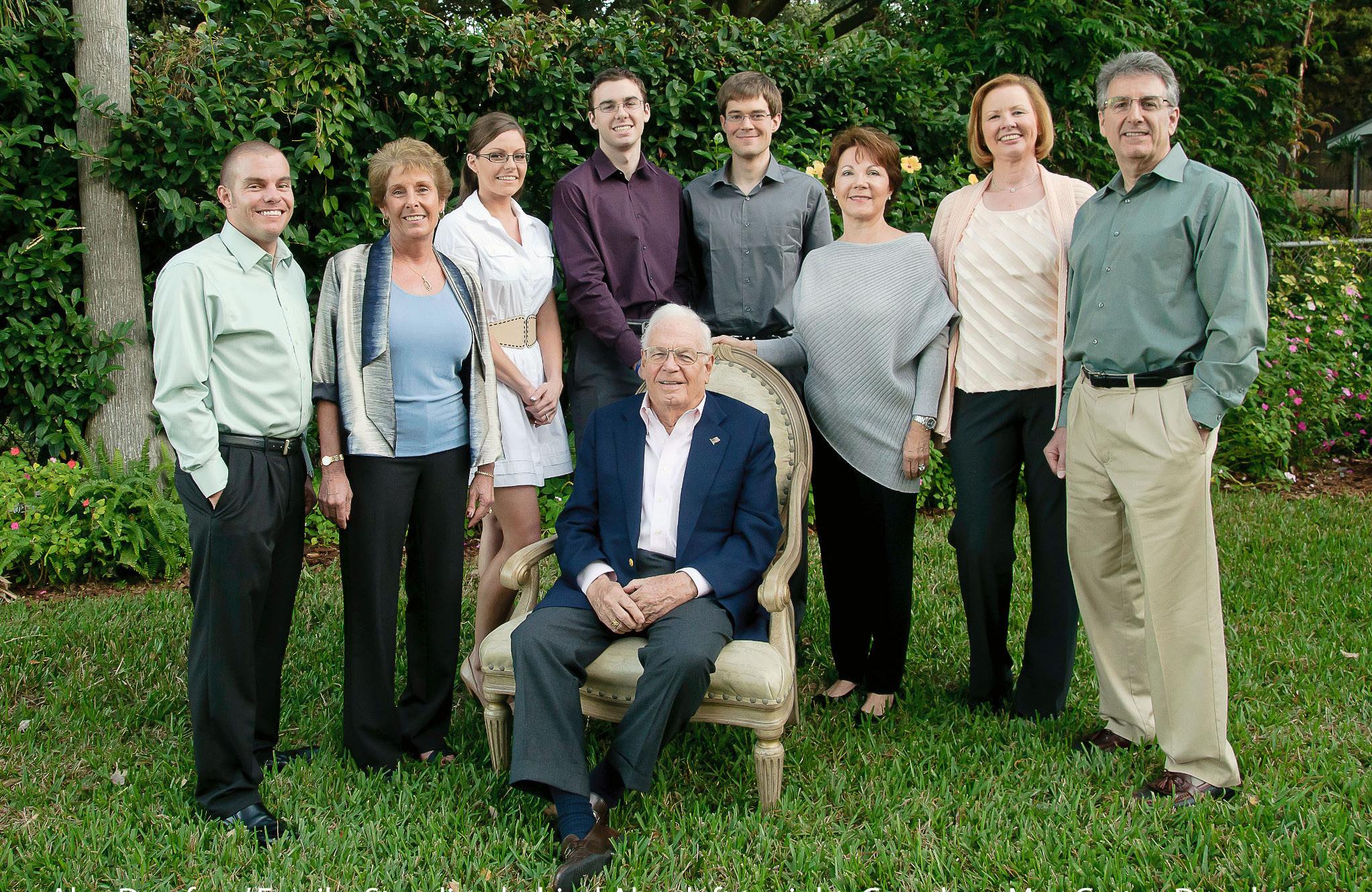
Arts, and the Palm Beach Civic Association William J. “Bill” Brooks Community Service Award.
After Dreyfoos received his pilot’s license in 1960, he logged over 5,000 hours “in the left seat” and owned six planes and two helicopters. Other lifelong interests include scuba diving, ham radio, freshwater and deepsea fishing, and ocean sailboat racing (as navigator). In 2010 Alex and Renate received the Boat International World Superyacht Voyager’s Award after completing a 44,000- NM, 19-month odyssey aboard their boat Silver Cloud, uniquely designed for extreme stability. He was also a founding member of The International SeaKeepers Society. In 2017 Dreyfoos received Boat International’s prestigious Legacy Award.
Well known for his travel photography, in 2015 Dreyfoos published his images of 60 countries over 60-plus years in A Photographic Odyssey: Around the World with Alexander W. Dreyfoos as well as a commissioned biography, Alexander W. Dreyfoos: Passion & Purpose.
The Dreyfooses live in West Palm Beach and, when not traveling, in the Adirondacks that he loved as a child. He has a daughter, Cathy; a son, Robert; four grandchildren; and three great-grandchildren.
Renate and Alex in 2000, the year they married. Courtesy Alex Dreyfoos Digital Collection, HSPBC.

About the Editor
Lise M. Steinhauer joined the staff of the Historical Society of Palm Beach County in 2015 as Membership Coordinator, and has since added Grant Writer and Museum Store Manager to her roles. Under her company History Speaks, she has conducted oral histories for the HSPBC since 2004, provided the original content for Palm Beach County History Online (www.pbchistoryonline.com), and created the Docent Manual for the Richard and Pat Johnson Palm Beach County History Museum, among many projects. Among her published works are Alexander W. Dreyfoos: Passion & Purpose and A Photographic Odyssey: Around the World with Alexander W. Dreyfoos. Lise holds a Master of Arts degree in Liberal Arts.





